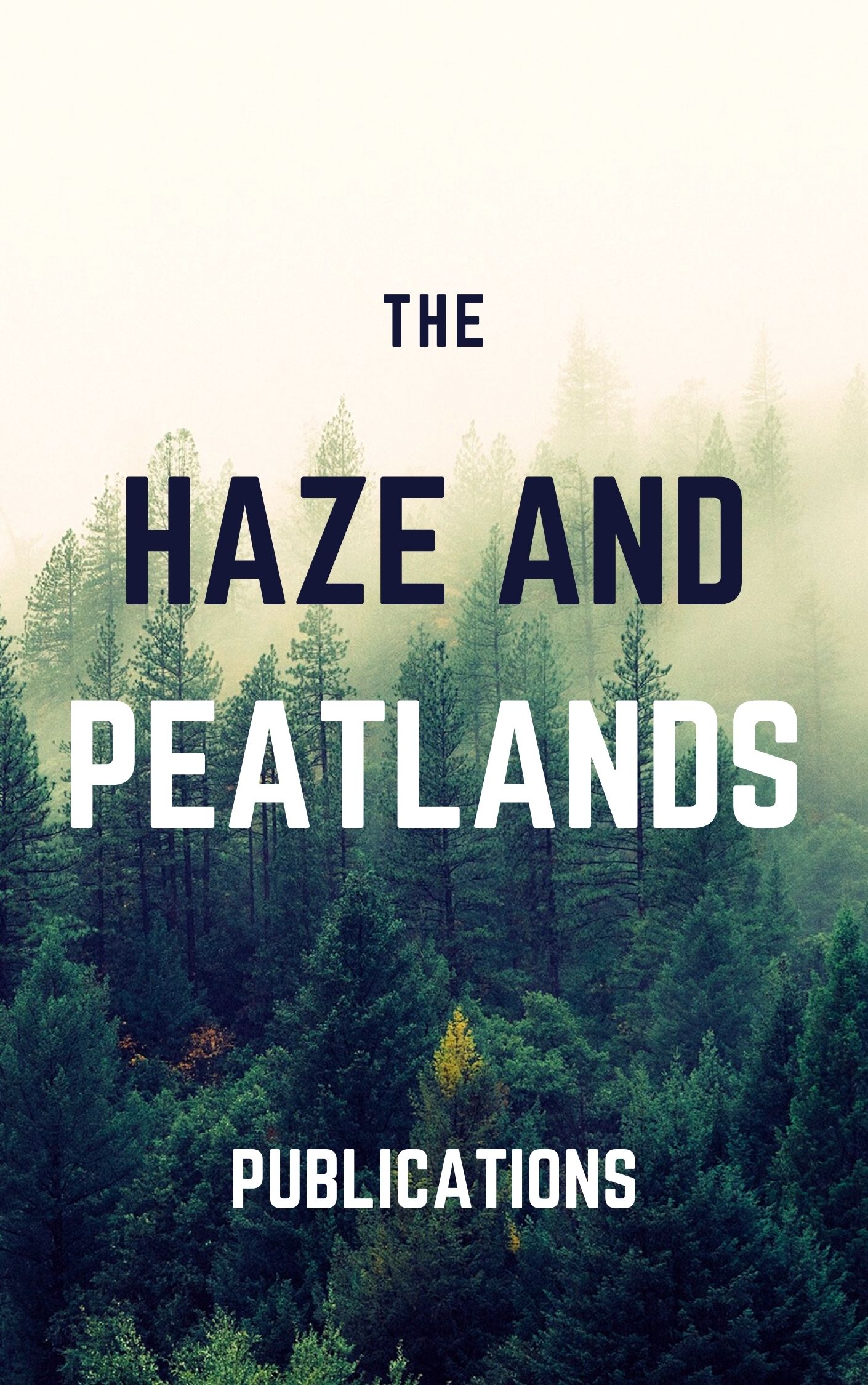Keyword(s)
Aerosols, Chemical composition, Microphysical properties, Optical properties, Southeast Asia, Aerosol single scattering albedo, Aqueous phase reactions, Chemical compositions, Comprehensive measurement, Long range transport, Metropolitan regions, Microphysical property, Atmospheric aerosols, Atmospheric thermodynamics, Deforestation, Experiments, Industrial emissions, Scattering, Atmospheric movements, aerosol composition, aerosol property, albedo, ammonium, anthropogenic source, atmospheric pollution, biomass burning, concentration (composition), diurnal variation, forest fire, metropolitan area, particle size, rural atmosphere, sulfate, absorption, aerosol, air pollution, altitude, ambient air, article, atmosphere, biomass, boundary layer, chemical analysis, circadian rhythm, humidity, light scattering, meteorology, precipitation, priority journal, quality control, Thailand, wettability, Physical Properties, Thermodynamics, Bangkok, Central Region [Thailand], Indochina, Krung Thep Mahanakhon, Nakhon Ratchasima, Northeastern Region, Phimai

